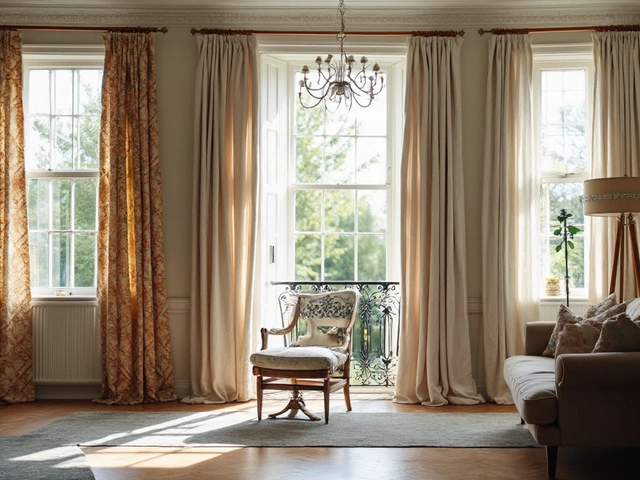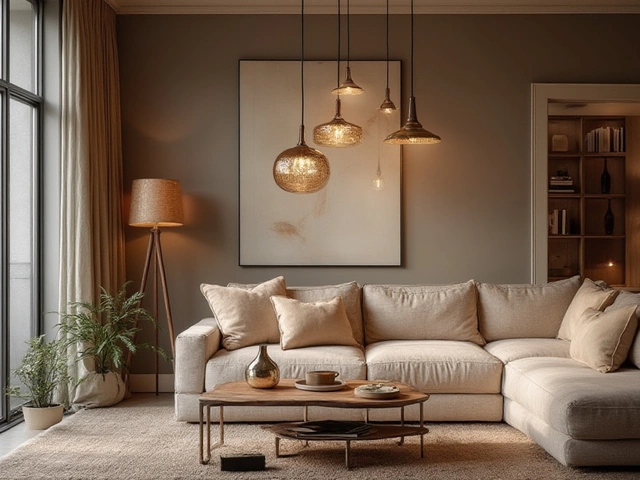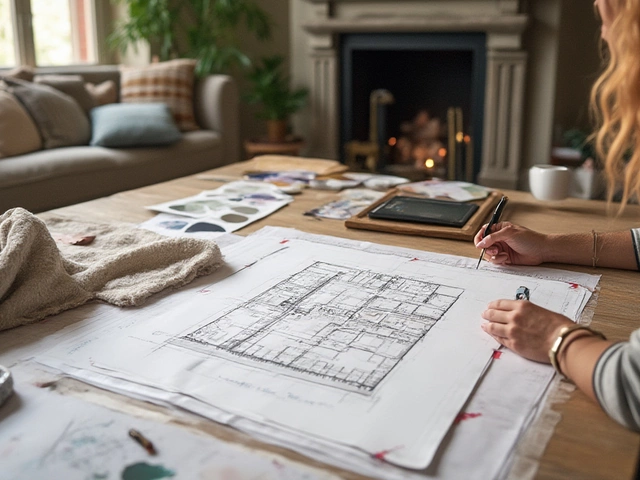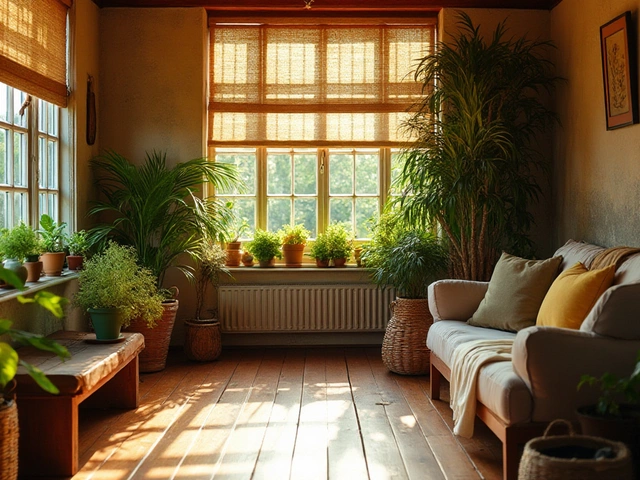Interior Design Income: Turn Your Passion into Pay
Ever wonder how some designers seem to make a living just by picking paint colours and furniture? It’s not magic – it’s a mix of smart pricing, client outreach, and a few extra income streams. Below you’ll find practical steps you can start using today.
Set the Right Rates from Day One
The biggest money‑maker is charging what you’re worth. Start by figuring out your hourly cost: add up rent, software subscriptions, and the hours you need to cover basic living expenses. Then add a profit margin – 20‑30% is a good rule of thumb. When you present a quote, break it down (consultation, design plan, shopping, installation) so clients see the value.
Build a Freelance Funnel
Freelancing beats a traditional job for most designers because you control the load and the fees. Use platforms like Houzz, Instagram, or local Facebook groups to showcase before‑and‑after shots. Offer a free 15‑minute style chat – it’s an easy way to collect leads without sounding pushy. Follow up with a simple PDF proposal and you’re already ahead of the competition.
Don’t forget referrals. After you finish a project, ask happy clients for a quick testimonial and a referral discount. Word‑of‑mouth costs nothing but brings high‑quality leads.
If you want a steady cash flow, consider recurring services. Many homeowners need seasonal updates, colour refreshes, or accessory swaps. Offer a quarterly “style refresh” package for a flat fee – it turns one‑off jobs into a reliable income stream.
Another solid option is affiliate sales. Partner with furniture stores or lighting brands you trust. When you recommend a lamp or sofa, you earn a commission on any purchase made through your referral code. It’s a painless way to add extra dollars without extra work.
Teaching can also boost your bank account. Host short workshops at local community centres or run webinars on topics like “Budget‑Friendly Room Makeovers.” Charge a modest fee and you’ll get paid for sharing knowledge you already use daily.
Finally, keep your expenses in check. Use free design tools whenever possible, rent a coworking desk only when you need a client meeting space, and buy supplies in bulk. Lower costs mean higher profit even if your rates stay the same.
Bottom line: making money as an interior designer is about treating your craft like a business. Set clear rates, market yourself consistently, add recurring services, and tap into affiliate or teaching opportunities. Follow these steps, and you’ll see your interior design income grow faster than your sofa collection.






